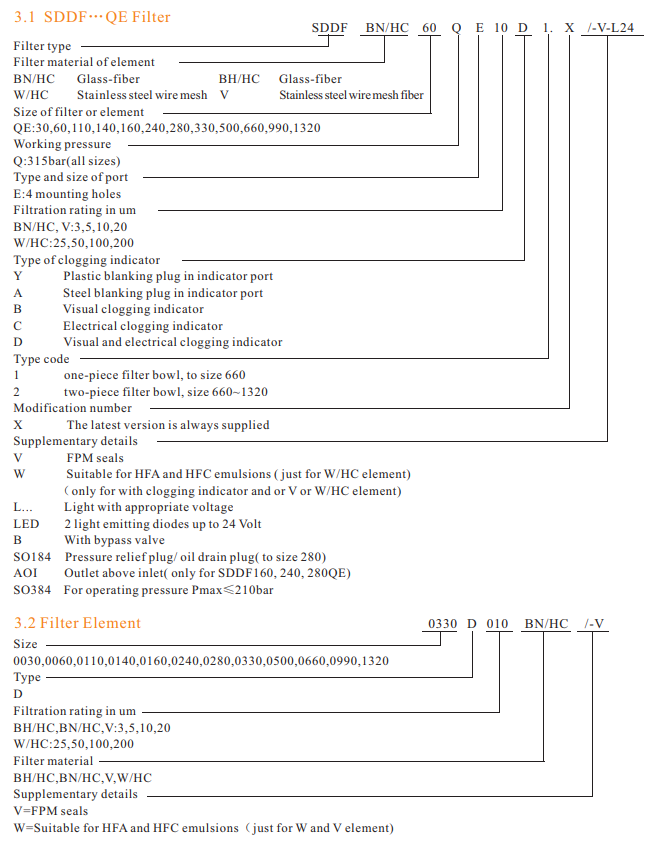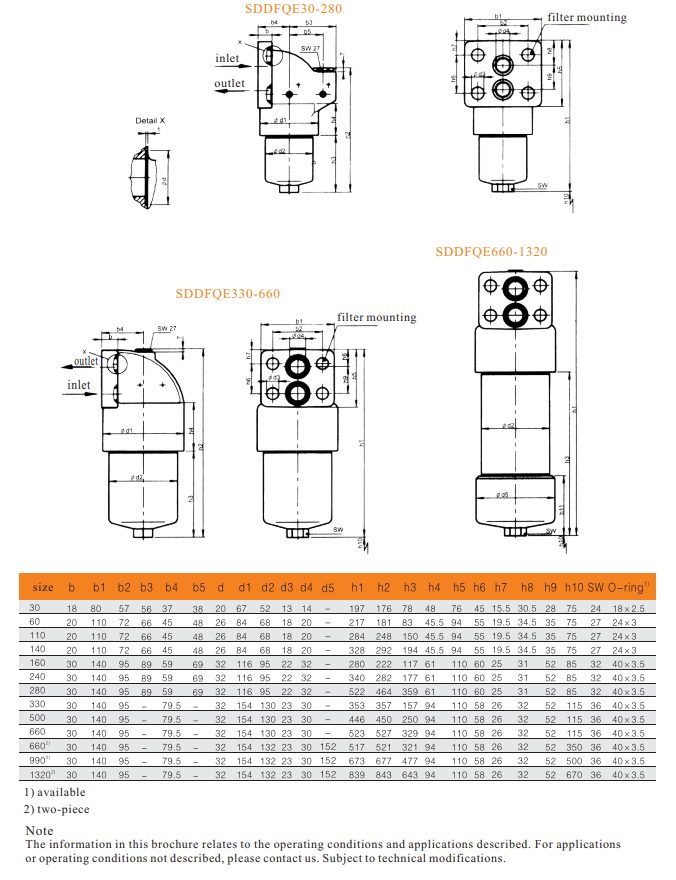Pijiang method magnesium smelting process
I. Project Overview China is the world's largest producer of the metal magnesium, but magnesium smelting enterprises are using the Pidgeon magnesium, in the combustion of coal burning is basically a direct way, low energy efficiency, high fuel consumption and serious environmental pollution, environmental protection is not Discharge. The characteristics of the current production process of magnesium determine that the magnesium smelting industry is an industry that consumes a large amount of resources and energy, which seriously restricts the development of the magnesium industry. Magnesium silicon thermal reduction method is calcined dolomite and ground into fine powder of silicon iron, etc., by mixing compressed into a slug, reduction of the tank mount made of a heat-resistant alloy, at a high temperature of 1150 ~ 1200 ℃ and 10 The reduction is carried out at a pressure of ~20 Pa to obtain magnesium vapor, which is condensed to become crystalline magnesium, which is then melted to form a magnesium ingot. Among the silicon thermal magnesium smelting, the cross-can vacuum reduction furnace designed by the external skin heating of Canada is used. The reduction furnace is made of refractory bricks, and many reduction tanks are arranged in a row and placed on the support of the reduction furnace. Upper, external heating with fuel. Therefore, the silicon thermal reduction method of magnesium smelting is also called the Pijiang method of magnesium smelting. MgO+CaO+1/2Si=Mg(g)+1/2(2CaO+SiO 2 ) The conventional metal magnesium reduction furnace generally adopts a structure of a regenerative heating reduction tank. The flame and flue gas in the reduction furnace of the traditional structure turn over the fire wall into the furnace, and pass through the reduction tank from top to bottom, and the furnace is quickly discharged from the fire hole, and the exhaust gas temperature can be as high as 1200 ° C, which is not very good. Recycling, energy waste is serious. In addition, the conventional metal magnesium reduction furnace uses raw coal as a fuel, which has low combustion efficiency and serious pollution. Moreover, this combustion mode leads to uneven temperature inside the furnace of the metal magnesium reduction furnace, and the combustion temperature control is not flexible, resulting in the life of the reduction tank being generally too short, and the quality of the finished metal magnesium produced is not high. There are some problems in this and every production process in the silicon thermal smelting process. For example, dolomite raw material consumption is large, energy consumption is high, reduction efficiency is low, ferrosilicon consumption is large, reduction cycle is long, reduction tank consumption is large, crude magnesium quality is unstable, and some impurities (Mn, Si, Al, Ni) content High and so on. In the Pijiang method of magnesium smelting, the reduction furnace has the highest energy consumption. The conventional down-fired reduction furnace has a high exhaust gas temperature, which is almost equal to the temperature of the flue gas in the furnace, and thus the heat energy loss is the largest. Reforming the traditional reduction furnace is the key to reducing the energy consumption of the Pijiang process. The three bottlenecks of high energy consumption, high pollution and low industrial automation are urgent problems to be solved at home and abroad. The research and development of the new Pijiang method in line with China's national conditions is the only way to solve the problems in the current Pijiang process of magnesium smelting. The use of clean energy, research and efficient energy-saving reduction equipment, optimization of production process parameters and comprehensive utilization of energy and resources are the key to achieving high-efficiency, energy-saving and environmentally friendly Pijiang method. It is of great significance to the sustainable development of China's Pijiang method. Second, the scope of application Solar power stations, roof plans, etc. Third, the technical advantages and the stage of the project The regenerator unit composed of the regenerator (I) and the regenerator (II) is in a cross-arranged state at one end of the furnace side, and each of the regenerators is provided with a plurality of burner nozzles arranged in rows, in another This arrangement is symmetrical at one end. The air or gas passes through the reversing system and the pipeline enters the left regenerator group and is preheated to about 1000 ° C and then enters the furnace through the rows of distributed burners arranged on the regenerator. The preheated air and gas are violently burned to generate a large amount of heat, and the tank of the reduction tank is heated. The flue gas generated by the combustion enters the right regenerator group via the burner nozzle on the right side. At this time, the regenerator on the right side is in an endothermic state. When the flue gas passes, a large amount of heat carried in the flue gas is absorbed by the regenerator (ceramic honeycomb or ceramic ball) in the right regenerator, and then passes through the tube. The road, the reversing system is discharged from the chimney to the outside of the furnace. After a commutation cycle, the regenerative chamber group that originally absorbed heat releases heat, and the regenerative chamber group that originally exothermed absorbs heat. At this point, the commutation system operates to change the passage of air and gas into the furnace. The direction of entry of gas and air reverses to the opposite side of the original entry direction. Repeat the combustion process described above and repeat it. After this combustion process, the temperature of the flue gas is greatly reduced, and the flue gas temperature is lowered from about 1200 ° C to less than 150 ° C in the conventional combustion mode, effectively utilizing energy and reducing loss. High-temperature air combustion technology is a technology that can recover waste heat at the limit. Applying it to metal magnesium reduction furnace is undoubtedly a shortcut to solve the problem of magnesium reduction energy consumption. The residual heat of the flue gas is recovered by the heat storage body limit and the combustion air is preheated to above 1000 ° C, so that even a low-calorie fuel can achieve stable ignition and high-efficiency combustion, which is an epoch-making energy-saving and environmental protection technology. Combining HTAC regenerative combustion technology with metal magnesium smelting, fundamentally overcome the shortcomings of traditional metal magnesium reduction furnaces, such as low combustion efficiency, serious heat waste, uneven temperature in the furnace, poor control of furnace temperature, and serious pollution. A high-efficiency, energy-saving and environmentally-friendly metal magnesium reduction furnace with low energy consumption, uniform temperature in the furnace, favorable control of furnace temperature, improvement of production efficiency and product quality. It can be said that the regenerative magnesium reduction furnace technology is a revolution of the metal magnesium reduction furnace, and will certainly become the improvement direction of the metal magnesium reduction furnace system.
SDDF QE series pressure filters are designed in accordance with international regulation, which consist of a Filter Housing with a screw on cover plate.
Standard equipment
-mounting holes in the filter head
-two-piece bowl for size 660 and above
-compatibility with fire-resistant fluids HFA/HFC
-drain plug with pressure relief(size 330 and above)
Connection Diagram
Shengda is sure that our filters are of reliable performance so that they can protect hydraulic parts from polluting and machines from abrasion.
Filter elements are available with the following pressure stability values
BN/HC:25bar
BH/HC:210bar
W/HC:30bar
V:210bar
Seals
-NBR(=NBR)
Special models and accessories
-with bypass valve
-drain plug with pressure relief
-seals in FPM, EPDM
Flange-Mounted Pressure Filter Grader Filter,High Pressure Filter,Flange-Mounted High Pressure Filter,Flange-Mounted Pressure Filter Xinxiang Shengda Filtration Technique Co., Ltd. , https://www.filtrations.nl

